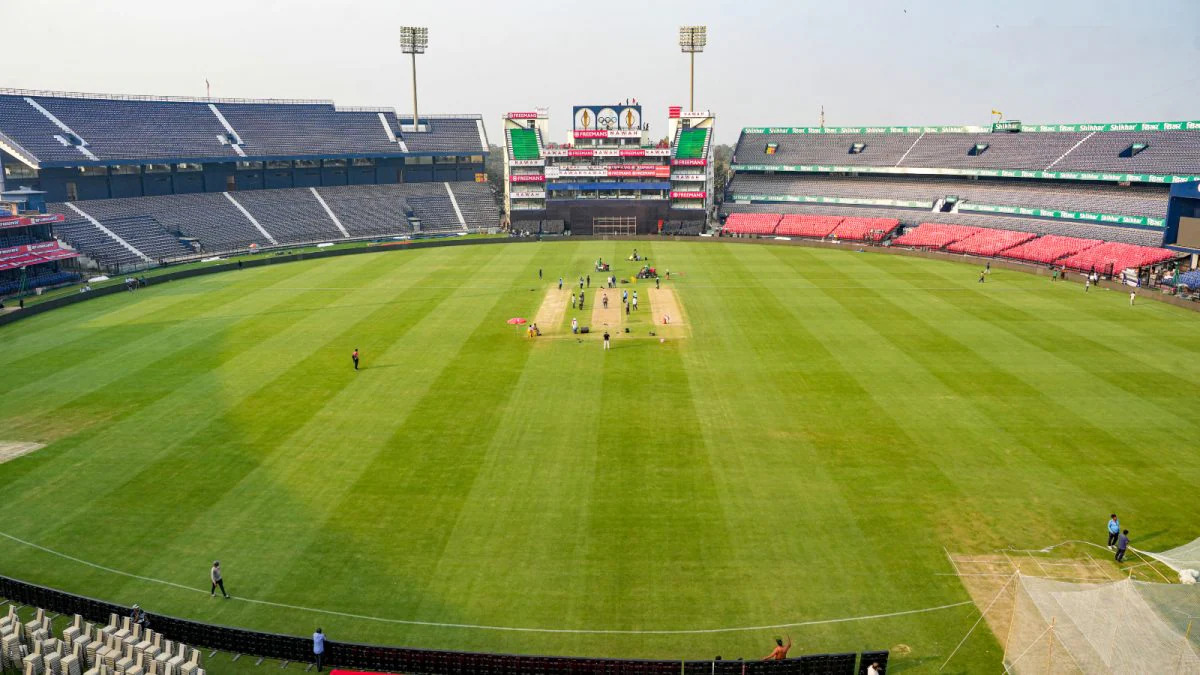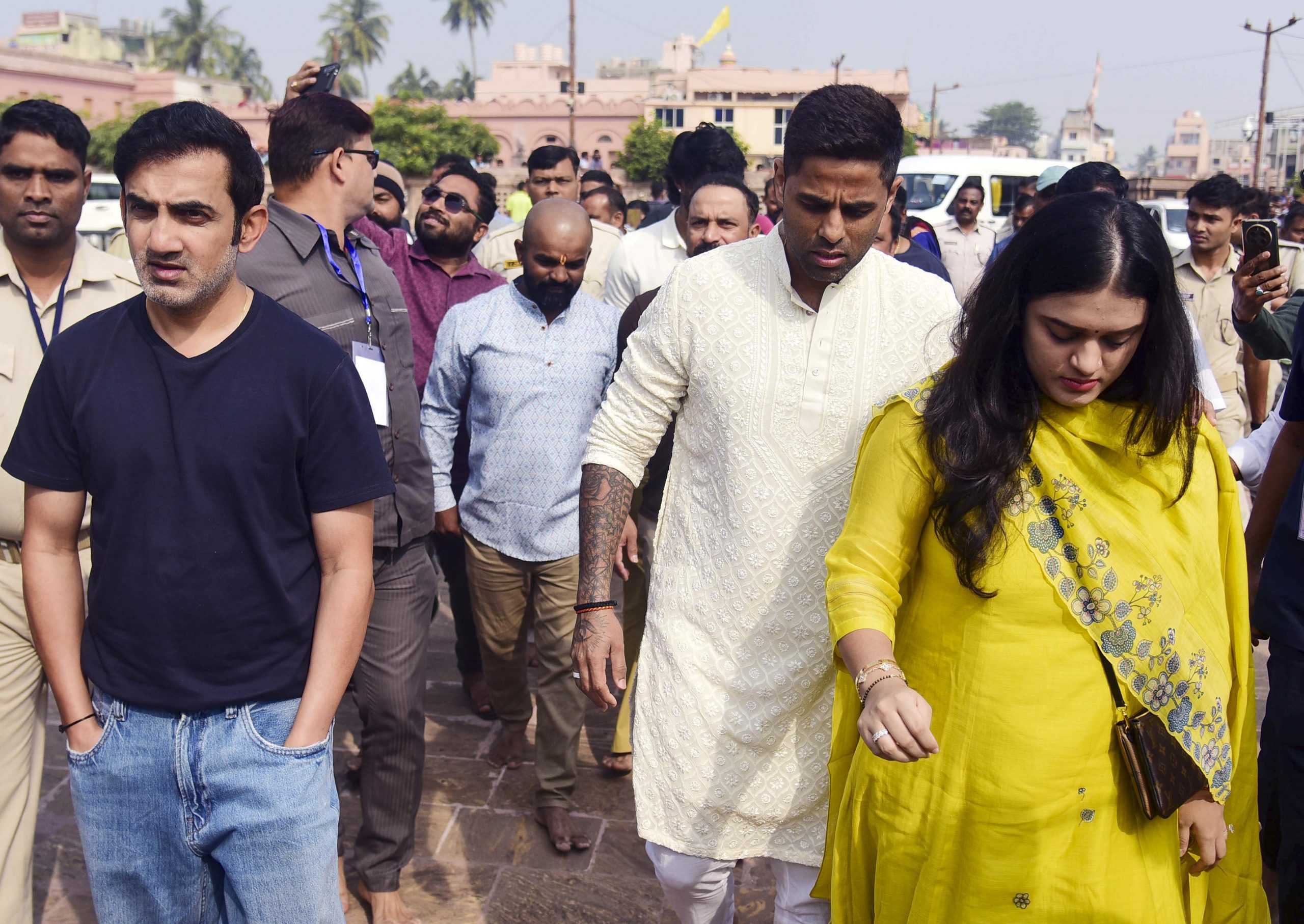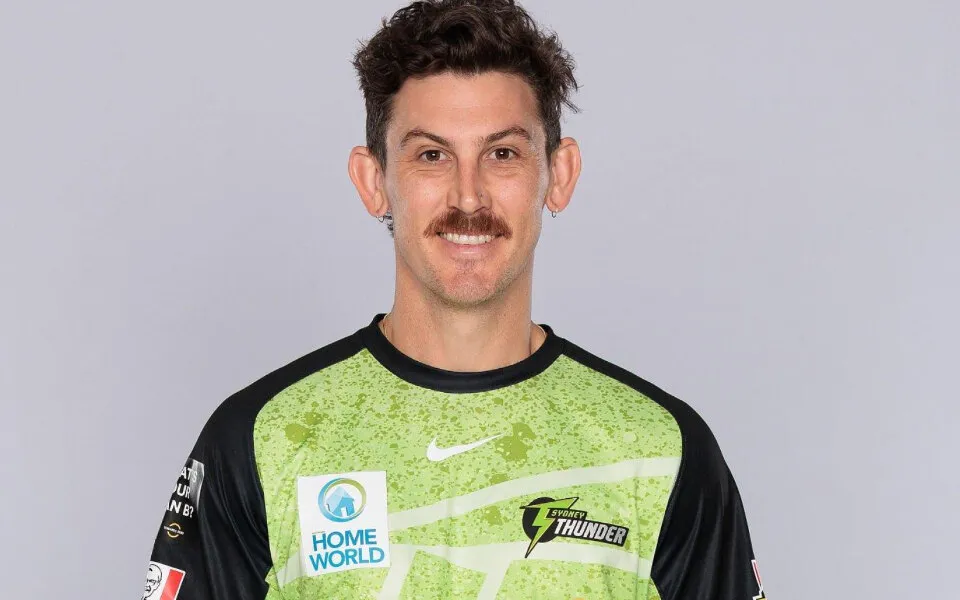About October 2021. In a T20 World Cup match at the Dubai International Cricket Stadium (DICS), Pakistan easily trounced India. Mohammed Shami was suddenly called derogatory things and blamed for the defeat. He was immediately the focus of violent and persistent hate and abuse on the internet.
After then, captain Virat Kohli had to defend him, but it continued for a while. Political leaders of all stripes showed support for Shami, but he mostly said nothing. He made a strong remark at the same location on Thursday, February 20.
“The past cannot be changed. You will undoubtedly be reminded often of the poor performances by others. However, I believe that you don’t have to return as a sportsman or cricket player. “You must have a plan for the future and live in the present,” Shami advised.
The real statement, of course, came from his deeds rather than his words. The veteran pacer led India to a decisive victory in their Champions Trophy opening encounter against Bangladesh with a superb fast bowling effort, finishing with remarkable statistics of 5 for 53.
It is unclear if his performance satisfied his critics, but it certainly helped him rise to the top of the Indian wicket-takers rankings in ICC ODI competitions. In international ODI competitions, Shami (60 wickets) overtook Zaheer Khan (59 wickets) as India’s top wicket-taker. He also reached 202 wickets in ODIs, which was a noteworthy personal milestone.
“We’re thrilled for Shami. It’s been a long wait. We are aware of his qualities and what he contributes to us. Following Shami’s five-for, which down Bangladesh’s total to 229, captain Rohit Sharma remarked, “Every time we throw the ball at him, he’s got something.” The captain expressed his desire to see Shami wearing Indian colors the day before the match. More than anything else, all we wanted with Shami was to return in those Indian colors. At that moment, it made little difference to us whether he took wickets or not. We desired that he return to playing for India.
Shami has just recovered from a 14-month injury-related break during which he underwent heel surgery on his Achilles tendon. His potential to regain his best form—the Shami of the 2023 World Cup, where he had been the most successful bowler—was questioned after the surgery and the prolonged hiatus.
“Everyone wants that form to persist. However, how long is that form likely to last? How much time can you spend in that state? Nobody has anything to say about that. I always inquire as to whether you are happy with the role you have been assigned. That’s what I always look for in my role. And this is what I always attempt to accomplish. In ICC events, it’s acceptable if my ball is hit a little, but if I take a wicket, my team will benefit. When asked how far he is from his prime, he responded, “I always think about this,” referring to his bowling.
India needed Shami’s experience and skill in the Champions Trophy campaign without Jasprit Bumrah, and based on his bowling on Thursday, he is definitely giving them optimism. Even though he may not have performed at his best, his bowling’s main advantages—run-up, seam position, seam movement, follow-through, and most importantly, accuracy—seemed to be unaffected.
Shami is basically a rhythm bowler, but once he settles into a routine, he changes into a different player. He is an unusual bowler because of his flawless seam presentation and flawless backspin. His best efforts are typically saved for the ICC events. That was amply demonstrated by his performance on Thursday, which was his seventh five-wicket haul in a worldwide tournament.
His skill and cunning were demonstrated by the five wickets he took against Bangladesh. His first victim, Soumya Sarkar, edged the ball to the wicketkeeper and was out in the first over. That delivery’s seam position was superb, reminiscent of the one that caught Shubman Gill in the slips and dismissed Mehidy Hasan Miraz. Taskin Ahmed, his fifth wicket, and Jaker Ali, his third victim, were both tricked by a well-disguised slow delivery. In between, Tanzim Hasan Sakib dragged the ball onto the stumps and was bowled.
Shami did not arrive at this stage easily.
He committed himself to repetitious drills at the Board of Control for Cricket in India’s (BCCI) Centre of Excellence in Bengaluru, where he practiced the identical routines day after day for an average of eight hours every day. The national selectors’ choice to take their time pushing him into international cricket, especially for the Border-Gavaskar Trophy, was the best one he made throughout his comeback. Rather, he participated in a number of domestic cricket contests in all three forms before being granted the chance to play for his country in four bilateral matches against England.
“You are in pain all day, every day. Although it’s really challenging, the upside is that I was able to play domestic matches to assess how I’ve changed over the past 14 months or since the operation, as well as to build confidence and rhythm. Having four international matches to play in addition to eight, nine, and ten domestic matches was excellent for me. I felt quite confident after that,” Shami remarked.
That gives the Indian team a lot of confidence as well.




